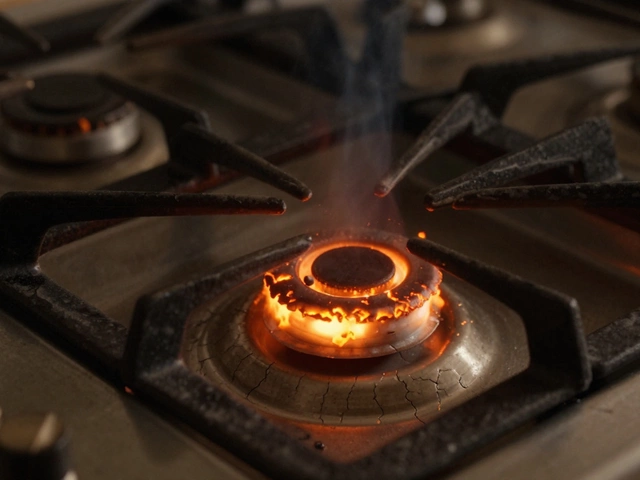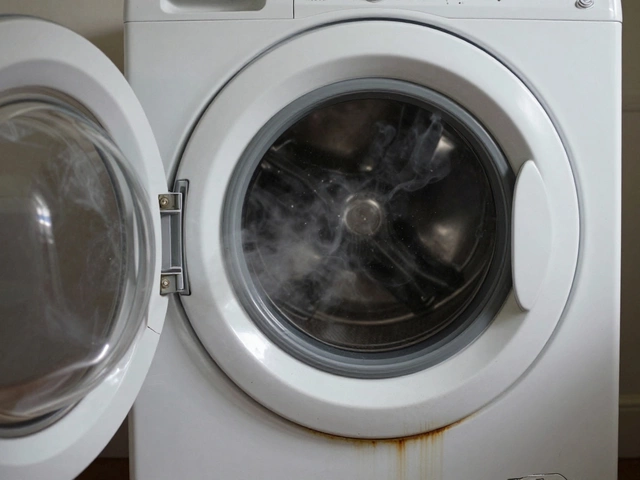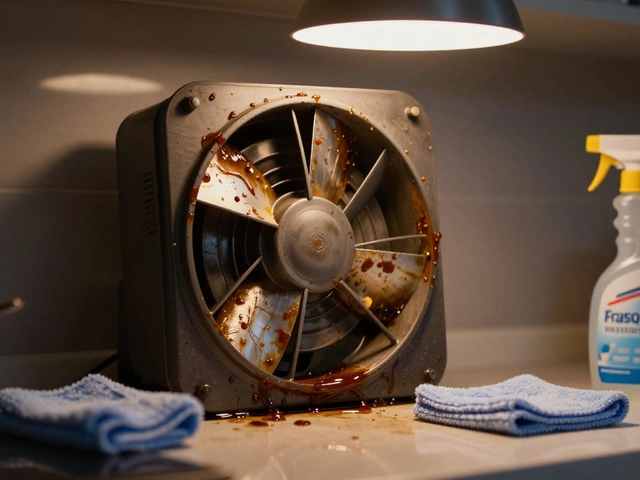DIY Fridge Fix: Simple Steps to Get Your Fridge Cooling Again
Notice your fridge is running but the inside stays warm? You’re not alone. Most cooling problems are caused by a few easy‑to‑check issues. Before you pick up the phone, grab a screwdriver and follow these quick checks. It’ll save you time, money, and a lot of wasted food.
Check the Basics First
Start with the power supply. A tripped breaker or a loose plug can be the whole story. Make sure the fridge is plugged in securely and that the outlet works – a lamp or a phone charger can confirm that. Next, pull the fridge away from the wall and inspect the back. Dust on the condenser coils is a common culprit; they need a good cleaning at least once a year.
To clean coils, unplug the fridge, use a vacuum brush or a coil cleaning brush, and gently remove the dust. Don’t forget to vacuum the area around the fridge, too – a clean floor helps airflow. Once clean, plug the fridge back in and give it a few hours. If it’s still warm, move on to the next step.
Temperature Settings and Door Seals
Sometimes the thermostat dial gets nudged accidentally. Set the temperature to the recommended level – usually 3‑4 on most units. If the dial is digital, check the display for error codes and refer to the manual.
Check the door gasket. A torn or dirty seal lets warm air in, making the compressor work harder. Close the door on a piece of paper; if it slides out easily, the seal needs replacing. Clean any grime with warm soapy water, dry thoroughly, and test again. A tight seal can improve cooling dramatically.
If the fridge still won’t chill, listen for the compressor. A humming sound means it’s running. If it’s silent, the start relay might be faulty – a common DIY swap. Locate the relay on the back panel, note its position, and replace it with a matching part from a hardware store. Snap it in, reassemble, and power up.
Another easy fix is to defrost a frost‑filled freezer. Excess ice blocks airflow and reduces cooling efficiency. Unplug the fridge, leave the doors open, and let ice melt. Place towels to catch water. Once clear, restart the unit.
When all these steps fail, the issue could be the evaporator fan or a refrigerant leak – both need a professional. The fan is located inside the freezer; if it’s silent, gently spin it with a stick to see if it moves. If it’s stuck, a quick cleaning might free it. If it still won’t turn, call a technician.
Remember, safety first. Always unplug the fridge before working on electrical components. Keep a towel handy for water, and don’t force broken parts – a cracked gasket or broken fan blade is better left to the pros.
By running through these checks, you’ll fix most common fridge problems without a service call. Your food stays fresh, the electric bill stays low, and you’ll feel a lot more confident tackling household repairs.
DIY Fridge Repair: A Guide to Fixing Your Fridge at Home
- Alden Wilder
- Oct 24 2024
- 0 Comments
Fixing a fridge by yourself might seem daunting, but with the right guidance, it can be an achievable task. Understanding common issues like strange noises, temperature inconsistencies, and leaks is essential. This article explores whether repairing a fridge at home is feasible, highlighting necessary tools and safety tips. With patience and attention, tackling repairs can be rewarding and cross a major chore off your to-do list.
View More


